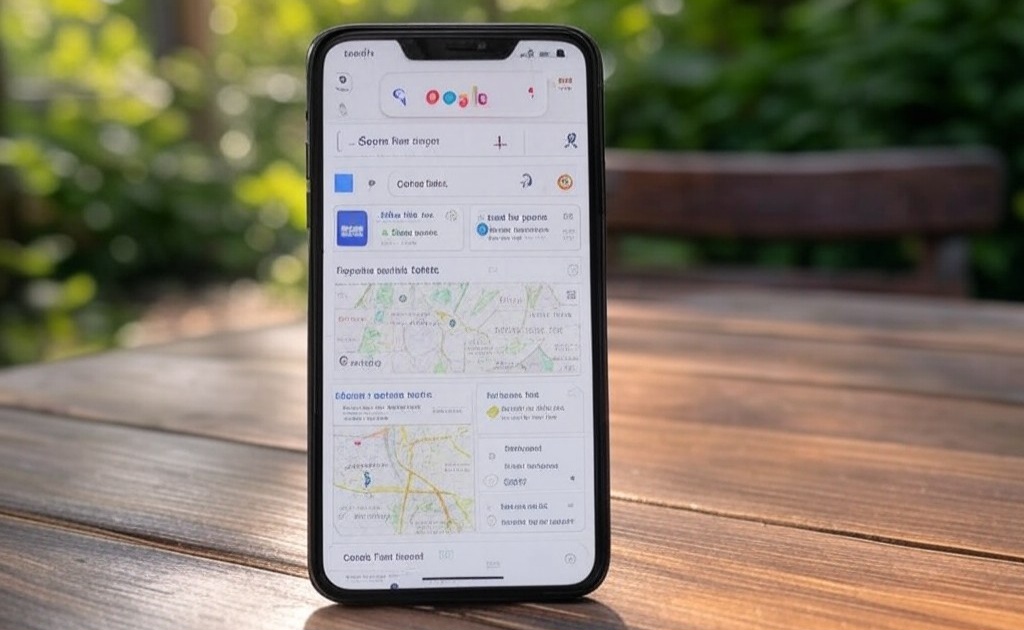Why Local SEO Matters More Than Ever
If you run a small business, you already know that word-of-mouth is great—but it’s not enough anymore. Today, most people turn to Google before making a decision, even for local services. Whether they’re looking for the “best coffee shop near me” or a “reliable plumber in Austin,” search engines play a massive role in driving foot traffic and online sales.
That’s where Local SEO (Search Engine Optimization) comes in. This strategy ensures that your business shows up when potential customers search for services in your area. And no, it’s not just about stuffing keywords into your website. It’s about optimizing your online presence in ways that actually help your business get found by the right people at the right time.
By the end of this guide, you’ll know exactly how to optimize your business for local searches—and why ignoring local SEO is like throwing money out the window.
Google Business Profile: The Cornerstone of Local SEO
Before we dive into the more technical stuff, let’s talk about Google Business Profile (GBP)—formerly known as Google My Business.
If you’ve ever searched for a restaurant and seen a listing with photos, reviews, hours, and directions, you’ve seen GBP in action. This free tool from Google helps businesses appear in local search results and Google Maps, making it one of the most valuable assets for local SEO.
How to Optimize Your Google Business Profile:
✅ Claim and Verify Your Listing – If you haven’t already, visit Google Business Profile and claim your business. Google will send a verification code to ensure you’re the rightful owner.
✅ Complete Every Section – A half-filled profile won’t do you any favors. Add:
- A detailed business description (include relevant keywords naturally).
- Your business category (Google uses this to determine search relevance).
- Accurate operating hours (including holiday hours).
- A local phone number and website link.
✅ Upload High-Quality Photos – Businesses with professional images get 42% more requests for directions on Google Maps and 35% more website visits.
✅ Encourage Customer Reviews – The more high-quality reviews you have, the better your chances of ranking in local search.
✅ Post Regular Updates – Google allows you to post updates, offers, and events. Treat this like a mini social media platform.
If you do nothing else for local SEO, optimizing your Google Business Profile will already put you ahead of many competitors.
Local Keyword Research: What Are Your Customers Searching For?
You know your business inside and out, but do you know how people search for it online?
Understanding local search intent is crucial. People don’t just type in “bakery” or “lawyer.” They use location-based keywords, such as:
✔️ “best bakery in Chicago”
✔️ “divorce lawyer near me”
✔️ “affordable HVAC repair Dallas”
✔️ “women’s boutique in Brooklyn”
How to Find the Best Local Keywords:
Google Autocomplete – Start typing your business type + location in Google. The suggested search terms are what real people are searching for.
Google’s “People Also Ask” & Related Searches – Scroll down on the results page to find additional keyword ideas.
Use Keyword Research Tools – Try Google Keyword Planner, Ubersuggest, or Ahrefs to find keyword volume and competition data.
Check Competitor Websites – What keywords are they ranking for? A little competitive research goes a long way.
Where to Use Local Keywords:
✅ Website Titles & Meta Descriptions
✅ Blog Content
✅ Service Pages
✅ Image Alt Text
✅ Google Business Profile
✅ Social Media Profiles
Pro Tip: Use long-tail keywords (more specific search phrases) instead of just generic terms. Ranking for “best handmade candles in Portland” is easier than just “candles.”

On-Page SEO: Optimizing Your Website for Local Search
Having a website isn’t enough. It needs to be structured correctly for Google (and customers) to find it.
Key On-Page SEO Strategies:
✅ NAP Consistency – Make sure your Name, Address, and Phone Number (NAP) are identical across your website and all online listings.
✅ Location Pages – If you have multiple locations, create separate pages for each one.
✅ Mobile Optimization – Over 60% of local searches happen on mobile. A slow, clunky website will hurt your rankings.
✅ Schema Markup – This is structured data that helps search engines understand your business better. Use local business schema to boost visibility.
✅ Internal Linking – Link your main service pages to blog posts and vice versa. This helps search engines understand your website’s structure.
✅ Fast Loading Speed – Use tools like Google PageSpeed Insights to test your site speed. A slow site = lost customers.
Local Citations & Directories: Build Your Online Presence
A citation is simply an online mention of your business’s name, address, and phone number on another website.
Popular citation sites include:
✔️ Google Business Profile
✔️ Yelp
✔️ Facebook
✔️ YellowPages
✔️ BBB (Better Business Bureau)
✔️ Angie’s List
✔️ Apple Maps
Why Are Citations Important?
- Google uses citations to verify your business information.
- More high-quality citations = higher trust = better rankings.
- Listings on high-authority sites improve visibility in search results.
Action Steps:
List your business in the top 20 local directories.
Ensure your NAP info is consistent across all platforms.
Monitor and update old listings.

Reviews & Reputation Management: The Trust Factor
Your online reputation can make or break your business. Studies show that 87% of consumers read online reviews before choosing a business.
How to Get More (and Better) Reviews:
Ask Happy Customers Directly – If they had a good experience, ask them to leave a review on Google.
Make It Easy – Send customers a direct link to your review page.
Respond to Every Review – Good or bad, responding shows that you value customer feedback.
Fix Negative Reviews Professionally – Never argue. Apologize if necessary and offer a solution.
Google factors review quantity, quality, and response rate into its local ranking algorithm.
Local Link Building: Getting Authority Backlinks
Google sees backlinks as “votes of confidence” from other websites. The more local, high-quality backlinks you have, the better your local SEO.
How to Get Local Backlinks:
Partner with Local Businesses – Exchange guest posts or backlinks with related businesses.
Sponsor Local Events – Community sponsorships often get featured on event websites.
Get Featured in Local News – Send press releases about business milestones.
Join Local Chamber of Commerce – These organizations often provide backlinks to members.
Social Media & Local Engagement
While social media isn’t a direct ranking factor, it helps drive local engagement.
Best Practices for Local Social Media Marketing:
Post Local Content – Highlight local events, partnerships, and customer stories.
Use Geo-Tags – Tag your location in posts to show up in local searches.
Engage With Followers – Answer questions, reply to comments, and encourage check-ins.
Leverage Facebook & Instagram Ads – Target users within a specific location.
Conclusion: Local SEO Is an Ongoing Process
Mastering local SEO isn’t about quick hacks—it’s about consistently optimizing and improving your online presence.
By claiming your Google Business Profile, optimizing your website, managing reviews, building citations, and engaging with your local audience, you’ll set your small business up for long-term success.
Did this article help? Let’s talk! Book a free Discovery Call at Grassroots Consulting to discuss your local SEO strategy.
© 2025 Joshua Lamothe (Assisted by ChatGPT-4)




